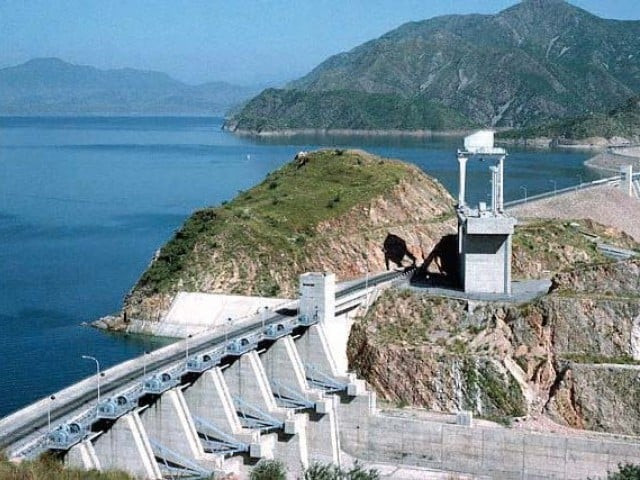Water shortfall feared in summer
Shortage may hit 25% in April and May with crisis becoming severe in June

There is a looming threat of a waterfall shortfall in the coming summer as the shortage may hit 25% in April and May, with the crisis becoming severe in the month of June.
The snowfall was extremely low in the northern regions of the country from December 2023 till the middle of January this year.
Currently, the snowfall that accumulated in the middle of January and February this year was melting.
Sources said if it did not rain in the coming June, there could be a severe shortage of water in Tarbela and Mangla dams.
The officials of the Indus River System Authority (IRSA) have put their heads together on finding a solution to the availability of water and its distribution to the provinces during this year’s summer, convening a meeting of its advisory committee on April 2.
The sources said the water reserves in the Tarbela and Mangla dams presently stood at 300,000 and 100,000 acre-feet, respectively.
They added that the flow of water in the rivers was 70,000 cusecs while the release from the dams stood at 95,000 cusecs.
Despite the rising temperatures, the flow of water in Chenab River is extremely low.
The sources said the flow of water in Chenab River at Marala Headworks was 14,000 cusecs.
The participants of the IRSA advisory committee meeting will estimate the availability and distribution of water in the rivers.
The sources continued that they would consider the problems in water reservoirs caused by the construction of Tarbela 5th Extension project.
The meeting will be chaired by the IRSA chief.
It will be be attended by the four provincial irrigation ministers as well as Water and Power Development Authority (WAPDA) and Meteorological Department officials,
The aim of the Tarbela 5th Extension project is to facilitate the sustainable expansion of the country’s electricity generation capacity providing a low cost, clean, renewable energy option.
The project will add a capacity of 1,410 MW, with annual electricity generation of over 1,800 GWh primarily during the summer season when demand is at its highest.
Tarbela Dam is the main source to cater to irrigational needs of Sindh, Punjab, Khyber-Pakhtunkhwa and Balochistan.
Last year, Tarbela Dam reached its peak capacity, attaining a level of 1,550 feet above sea level.
Tarbela Dam has a live water storage capacity of 5.809 million acre-feet with an installed capacity of 4,888 MW. This will further increase to 6,418 MW after the completion of the Tarbela 5th Extension Project.



















COMMENTS
Comments are moderated and generally will be posted if they are on-topic and not abusive.
For more information, please see our Comments FAQ